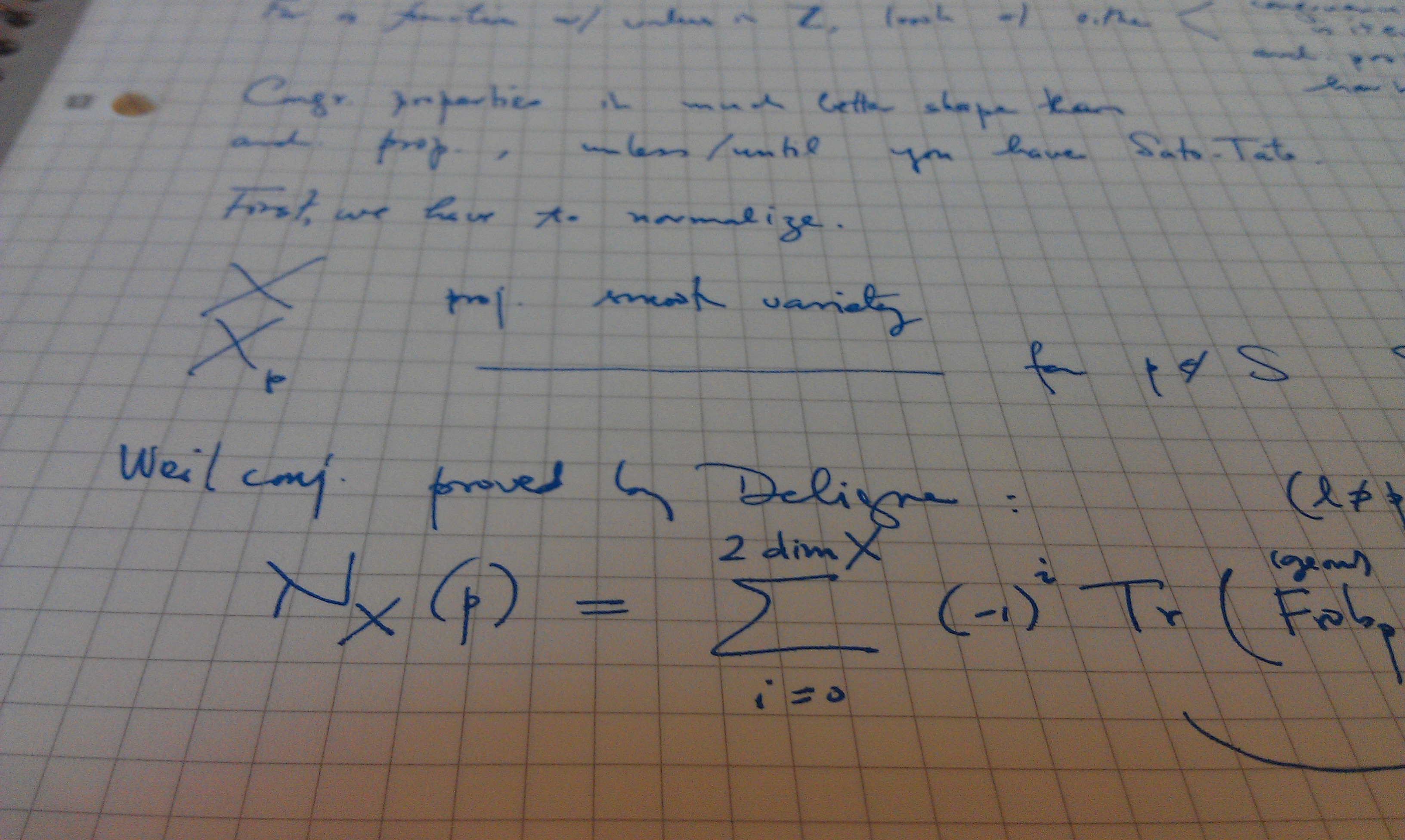Publication Date
2010
Abstract
A new method of deriving reduced models of Hamiltonian dynamical systems
is developed using techniques from optimization and statistical estimation. Given
a set of resolved variables that define a model reduction, the quasi-equilibrium
ensembles associated with the resolved variables are employed as a family of trial
probability densities on phase space. The residual that results from submitting
these trial densities to the Liouville equation is quantified by an ensemble-averaged
cost function related to the information loss rate of the reduction. From an initial
nonequilibrium state, the statistical state of the system at any later time is estimated
by minimizing the time integral of the cost function over paths of trial densities.
Statistical closure of the underresolved dynamics is obtained at the level of the value
function, which equals the optimal cost of reduction with respect to the resolved
variables, and the evolution of the estimated statistical state is deduced from the
Hamilton-Jacobi equation satisfied by the value function. In the near-equilibrium
regime, or under a local quadratic approximation in the far-from-equilibrium regime,
this best-fit closure is governed by a differential equation for the estimated state
vector coupled to a Riccati differential equation for the Hessian matrix of the value
function. Since memory effects are not explicitly included in the trial densities, a
single adjustable parameter is introduced into the cost function to capture a time-
scale ratio between resolved and unresolved motions. Apart from this parameter,
the closed equations for the resolved variables are completely determined by the
underlying deterministic dynamics.
Recommended Citation
Turkington, B and Plechac, P, "Best-fit quasi-equilibrium ensembles: a general approach to statistical closure of underresolved Hamiltonian dynamics" (2010). Mathematics and Statistics Department Faculty Publication Series. 1206.
Retrieved from https://scholarworks.umass.edu/math_faculty_pubs/1206

Comments
This is the prepublished version harvested from ArXiv.